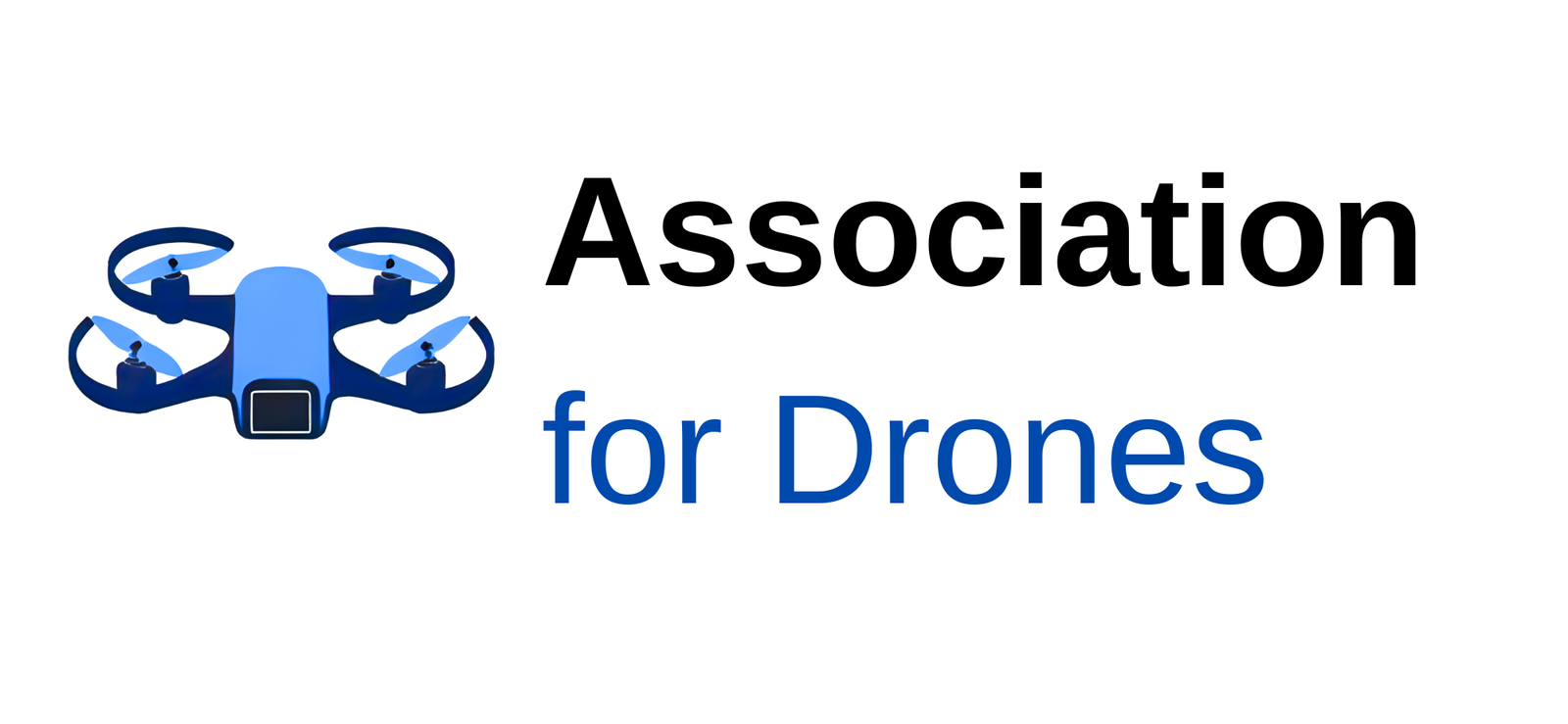Artificial Intelligence (AI) and automation are rapidly reshaping the way drones are designed, deployed, and managed. While regulations, connectivity, and air traffic management will determine where drones can fly, AI will increasingly determine how they fly and what value they deliver. Over the next decade, AI will transition drones from remotely piloted tools into autonomous, decision-supporting systems that transform industries.
1. Smarter Flight Planning and Navigation
Traditional drone flights often rely on pre-programmed waypoints or manual pilot input. With AI, flight planning evolves into a dynamic, adaptive process.
- AI-driven route optimization: Drones can calculate energy-efficient paths in real time, adjusting for wind, obstacles, or restricted zones.
- Vision-based navigation: Instead of depending solely on GPS, AI-powered drones can recognize landmarks, terrain, or even road networks, enabling operations in GPS-denied environments (urban canyons, indoors, or underground).
- Predictive avoidance: Onboard AI uses machine vision to detect and avoid birds, aircraft, cranes, or unexpected obstacles without operator intervention.
Impact: Operations become more reliable, safer, and less dependent on constant pilot oversight—crucial for scaling beyond visual line of sight (BVLOS) operations.
2. Real-Time Data Processing at the Edge
Most commercial drones today capture raw images or video and send them back for later processing. This creates delays and costs. AI-driven automation enables edge computing, where insights are generated directly onboard.
- Infrastructure inspection: Instead of sending 10,000 photos of a power line, a drone can flag only the five where a potential crack, rust spot, or vegetation intrusion is detected.
- Agriculture: AI algorithms analyze crop stress, weed density, and irrigation needs during the flight, allowing farmers to take action immediately.
- Emergency response: In disaster zones, drones can automatically map collapsed structures, locate heat signatures, or identify stranded survivors without waiting for human analysts.
Impact: Faster decisions, lower data costs, and immediate operational value.
3. Multi-Drone Autonomy and Swarming
AI makes it feasible for one operator to manage fleets of drones simultaneously.
- Swarm logistics: Multiple drones coordinate deliveries across a city, avoiding collisions and balancing workloads.
- Search-and-rescue: Dozens of drones can grid-search an area, share mapping data in real time, and converge when a target is detected.
- Agricultural spraying: Swarms can cover large fields cooperatively, synchronizing flight paths for maximum efficiency.
Impact: The economics of drone operations shift—fewer operators can supervise larger fleets, making scale possible.
4. Predictive Maintenance and Self-Healing Systems
Downtime is costly. AI can monitor drone health through onboard sensors, predicting component failures before they occur.
- Battery analytics: Machine learning predicts cycle degradation, adjusting missions accordingly.
- Motor diagnostics: Subtle vibration patterns indicate when bearings need replacement.
- Self-healing software: If one sensor fails, AI redistributes tasks among functioning systems to continue the mission safely.
Impact: Higher uptime, fewer crashes, and lower maintenance costs—key to enterprise adoption.
5. Human-in-the-Loop vs. Full Autonomy
AI won’t eliminate human involvement, but it will redefine it.
- Human-in-the-loop: Operators monitor AI-driven drones, intervening only in complex scenarios (unexpected air traffic, regulatory exceptions).
- Human-on-the-loop: Supervisors oversee multiple autonomous missions, stepping in when thresholds are breached.
- Full autonomy: In controlled environments (e.g., warehouse inspections, mines, offshore platforms), drones may operate continuously with no human intervention.
Impact: The operator role shifts from “pilot” to “mission manager” or “operations supervisor,” changing training needs and workforce dynamics.
6. AI in Regulatory Compliance and Safety
Automation helps navigate the regulatory environment:
- Automated conformance monitoring: AI checks that flights adhere to approved flight plans, geo-fencing zones, and altitude limits.
- Dynamic risk assessment: Real-time analysis of weather, air traffic, and equipment status determines if a flight is safe to launch.
- Digital reporting: Incident logs and compliance data are auto-generated for regulators.
Impact: Safer skies, smoother approvals, and reduced compliance overhead.
7. Industry-Specific Transformations
- Energy & Utilities: AI-powered defect detection on transmission lines, pipelines, and solar farms.
- Agriculture: Automated crop spraying with variable-rate precision and AI-identified pest hotspots.
- Logistics: Self-learning route optimization for drone delivery networks.
- Public Safety: Automated threat detection in surveillance feeds and predictive modeling of crowd movement.
- Construction & Mining: Real-time volumetric analysis and AI-based worksite hazard detection.
8. Challenges and Risks
While the promise is huge, AI-driven drone automation faces hurdles:
- Regulatory lag: Authorities must trust AI for safety-critical decisions.
- Data privacy & ethics: Autonomous surveillance raises civil liberty concerns.
- Cybersecurity: AI models and automated flight systems are new attack surfaces.
- Bias and reliability: AI is only as good as its training data—false positives in inspections could create costly inefficiencies.
- Public acceptance: Communities need confidence in drones that make decisions without constant human control.
The Bottom Line
AI and automation will define the second wave of the drone industry. The first wave proved that drones could capture data and move packages. The next will prove that they can do so autonomously, intelligently, and at scale.
In the coming decade, drones won’t just be “flying cameras” or “airborne couriers.” They’ll be collaborative AI-powered agents, integrated into enterprise workflows, operating safely in regulated airspace, and delivering real-time value with minimal human intervention.
The companies that thrive will be those that treat AI not as an add-on, but as the core engine of drone operations.
